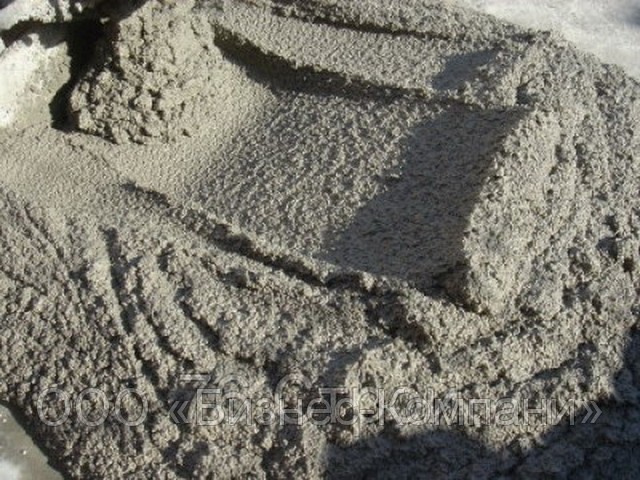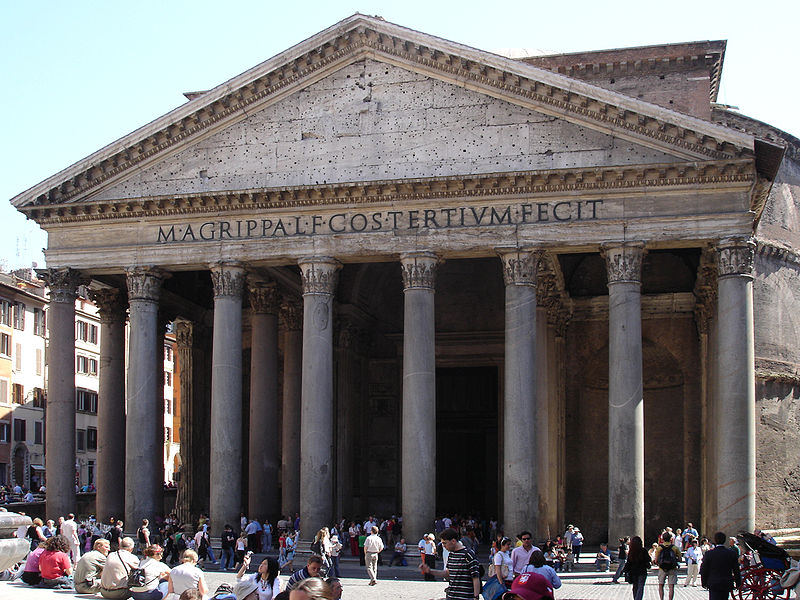
- •Introduction
- •History
- •Classification of Concretes
- •Materials for Heavy Concrete
- •Properties of Concrete Mixes and Concretes
- •Preparation and Transportation of Concrete Mixes
- •Fig. 3. Continuous concrete mixer
- •Placing Concrete Mixes, Curing Concrete and Quality Control
- •Internal vibrators are used for compacting concrete mixes in massive constructions of great depth (thickness). Used as internal vibrators are:
- •In cold seasons, concrete should be protected against excessive cooling, which slows down hardening, and the more so against freezing.
- •Specific Properties of Concrete
- •Environment and health
- •Building with concrete
- •Concrete as environmentally friendly choice
Учреждение образования «БЕЛОРУССКИЙ ГОСУДАРСТВЕННЫЙ ТЕХНОЛОГИЧЕСКИЙ УНИВЕРСИТЕТ»
Кафедра иностранных языков
Реферат на тему:
«Concrete»
Выполнила:
студентка 4 курса 7 группы
факультета химической технологии и техники
Науменко Анна Игоревна
Проверила:
Шпановская Светлана Михайловна
Минск 2011
Introduction
The word concrete comes from the Latin word "concretus" (meaning compact or condensed), the perfect passive participle of "concrescere", from "con-" (together) and "crescere" (to grow).
C
 oncrete
is an artificial stone resulting from hardening of a rationally
chosen mixture of binding material, water and aggregate (sand and
crushed stone or gravel). The mixture of these materials before it
hardens is called concrete mix.
oncrete
is an artificial stone resulting from hardening of a rationally
chosen mixture of binding material, water and aggregate (sand and
crushed stone or gravel). The mixture of these materials before it
hardens is called concrete mix.
Particles of sand and crushed stone form a stone carcass in concrete. Cement paste resulting from the interaction of concrete mix with water coats the grains of sand and crushed stone, fills the voids between them, lubricates the aggregate and imparts mobility (fluidity) to the concrete mix. When cement paste hardens, it binds the aggregate into an artificial stone, or concrete.
Concrete combined with steel reinforcement is called reinforced concrete.
High-quality concrete mixtures and concretes may be produced only with a deep knowledge of all manufacturing procedures, a proper choice of quality constituents and their optimum ratio, suitable procedures for preparing concrete mixes of high strength, durability and low cost.
Concrete is one of the major building materials in all branches of modern construction, which is cause to the requirements to concrete given below:
– possibility of controlling the properties of concrete within a wide range by using appropriate ingredients and by special mechanical, physical and chemical processing techniques;
– readiness to mechanical working of concrete mixes which possess adequate plasticity and can readily be shaped into durable structural items of various sizes and shapes at no considerable labour expenditure;
– possibility of a complete mechanization of concrete preparation and placing processes;
– economical efficiency of concrete, since 80 to 90% of its volume- are occupied by aggregates from local stone materials.
History
Concrete
was used for construction in many ancient structures. During the
Roman Empire, Roman concrete was made from quicklime, puzzolana and
pumice. Its widespread use in many Roman structures, a key event in
the history of architecture termed the Roman Architectural Revolution
and allowed for revolutionary new designs in terms of both structural
complexity and dimension. Hadrian's Pantheon in Rome is an example
of Roman concrete construction. Concrete for the Romans was a new and
revolutionary material. Laid in the shape of arches, vaults and
domes, it quickly hardened into a rigid mass, free from many of the
internal thrusts and strains that troubled the builders of similar
structures in s
 tone
or brick.
tone
or brick.
Modern tests show that that concrete had as much compressive strength as modern Portland-cement concrete. However, due to the absence of steel reinforcement, its tensile strength was far lower and its mode of application was also different. Modern structural concrete differs from Roman concrete in two important details. First, its mix consistency is fluid and homogeneous, allowing it to be poured into forms rather than requiring hand-layering together with aggregate, which, in Roman practice, often consisted of rubble. Second, integral reinforcing steel gives modern concrete assemblies great strength in tension, whereas Roman concrete could depend only upon the strength of the concrete bonding to resist tension.
The widespread use of concrete in many Roman structures has ensured that many survive to the present day. The Baths of Caracalla in Rome are just one example. Many Roman aqueducts and bridges have masonry cladding on a concrete core, as does the dome of the Pantheon. Some have stated that the secret of concrete was lost for 13 centuries until 1756, when the British engineer John Smeaton pioneered the use of hydraulic lime in concrete, using pebbles and powdered brick as aggregate. However, the Canal du Midi was built using concrete in 1670. Likewise there are concrete structures in Finland that date back to the 16th century. Portland cement was first used in concrete in the early 1840s.
